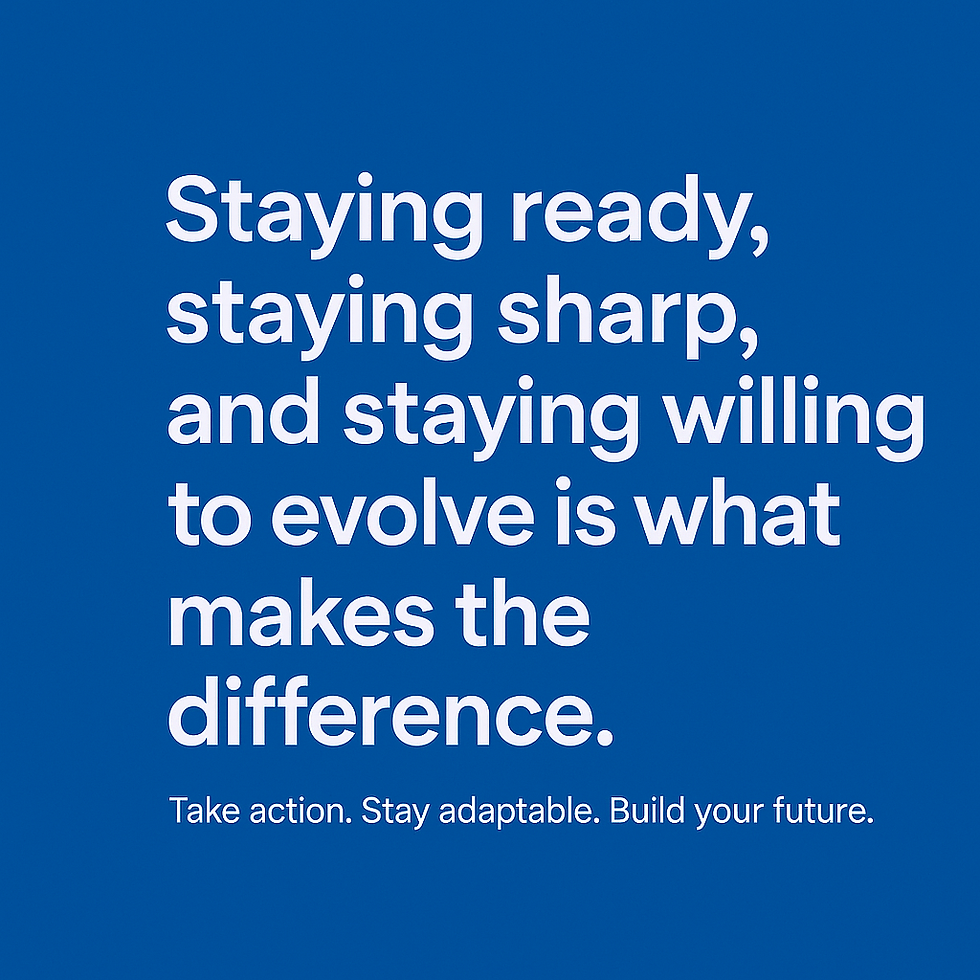🚀 Startups vs. Enterprises: What I’ve Learned Leading Growth on Both Sides
- Gavin H
- Apr 23
- 3 min read
One of the things I’ve been fortunate to experience in my career is seeing how growth plays out in radically different environments—from the all-hands-on-deck pace of scrappy startups to the high-stakes strategy of multi-billion-dollar enterprises.
On paper, they couldn’t be more different. One is lean, fast, and fluid. The other is complex, mature, and built to scale. But underneath the surface, I’ve found some surprising parallels—and a few hard-won lessons that only come from navigating both worlds.
Here’s what I’ve learned:
⚡ Speed vs. Stability
Startups run on adrenaline. You ship fast, test constantly, pivot quickly, and wear way too many hats. Growth comes from experimentation, grit, and the ability to make decisions without perfect data.
In the enterprise world, the stakes are higher and the systems run deeper. Growth isn’t about hacking—it’s about strategic scale. You’re aligning across layers of leadership, navigating legacy systems, and bringing people along for the ride.
The challenge in a startup: don’t burn out before you break through.
The challenge in an enterprise: don’t let the process kill the momentum.
In both cases, momentum matters—you just generate and manage it differently.
🤝 Leadership Looks Different, But Feels the Same
In startups, leadership is often about rolling up your sleeves, solving problems in real-time, and keeping the team inspired when resources are tight. You’re leading through chaos with vision and hustle.
In large companies, leadership is about influence at scale. You’re guiding strategy, navigating politics, managing stakeholder complexity, and building systems that allow great teams to operate independently.
But at the core, great leadership is the same—it’s about trust, empathy, clarity, and consistency. Whether you’re managing five people or five hundred, people want to know:
Do you have their back?
Can you make sense of the mess?
Will you help them grow?
If you can answer yes to those questions, you’ll build great teams anywhere.
🧠 Innovation Lives in Both—But in Different Forms
Startups tend to innovate out of necessity. You build because you have to. You create new paths because the old ones don’t exist yet. There’s beauty in that kind of scrappiness.
Enterprises innovate differently. It’s less about creating from zero and more about unlocking what’s already there—untapped talent, underutilized data, siloed systems. The best innovations in big companies often come from connecting the dots across functions, platforms, and perspectives.
I’ve learned that real innovation isn’t just about speed or originality—it’s about creating value that lasts. And that can happen anywhere.
📊 Data Is Your Best Friend—In Both Worlds
Whether you're testing early-market fit in a startup or modernizing infrastructure in a legacy enterprise, data is what gives you direction. But how you use it changes.
In a startup, data helps you decide fast—are we on the right track? What’s working? What’s not? In an enterprise, data helps you align and scale—are we making measurable progress? Are teams rowing in the same direction?
In both cases, strong data governance, visibility, and literacy are critical. Without them, you’re flying blind—regardless of company size.
🎯 The Constant: Customer Obsession
Whether you’re chasing product-market fit or driving digital transformation for millions of users, the customer should be your north star.
In startups, you’re obsessing over that first wave of adoption, listening closely, and iterating fast. In enterprises, you’re focused on delivering consistency, value, and innovation at scale—often while modernizing legacy systems without disrupting core services.
But the mindset is the same: serve your customer relentlessly. Everything else flows from that.
Final Thoughts
Leading growth in a startup taught me how to be scrappy, decisive, and resilient. Leading growth in an enterprise taught me how to scale, influence, and build systems that last.
Both challenged me to grow in different ways. Both stretched my leadership muscles. And both reminded me that, at the end of the day, people, purpose, and clarity of vision are what drive progress—no matter the size of the org.
Whether you’re building from scratch or transforming at scale, growth is never easy. But it’s always worth it.



Comments